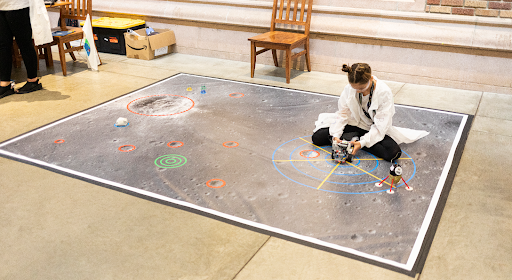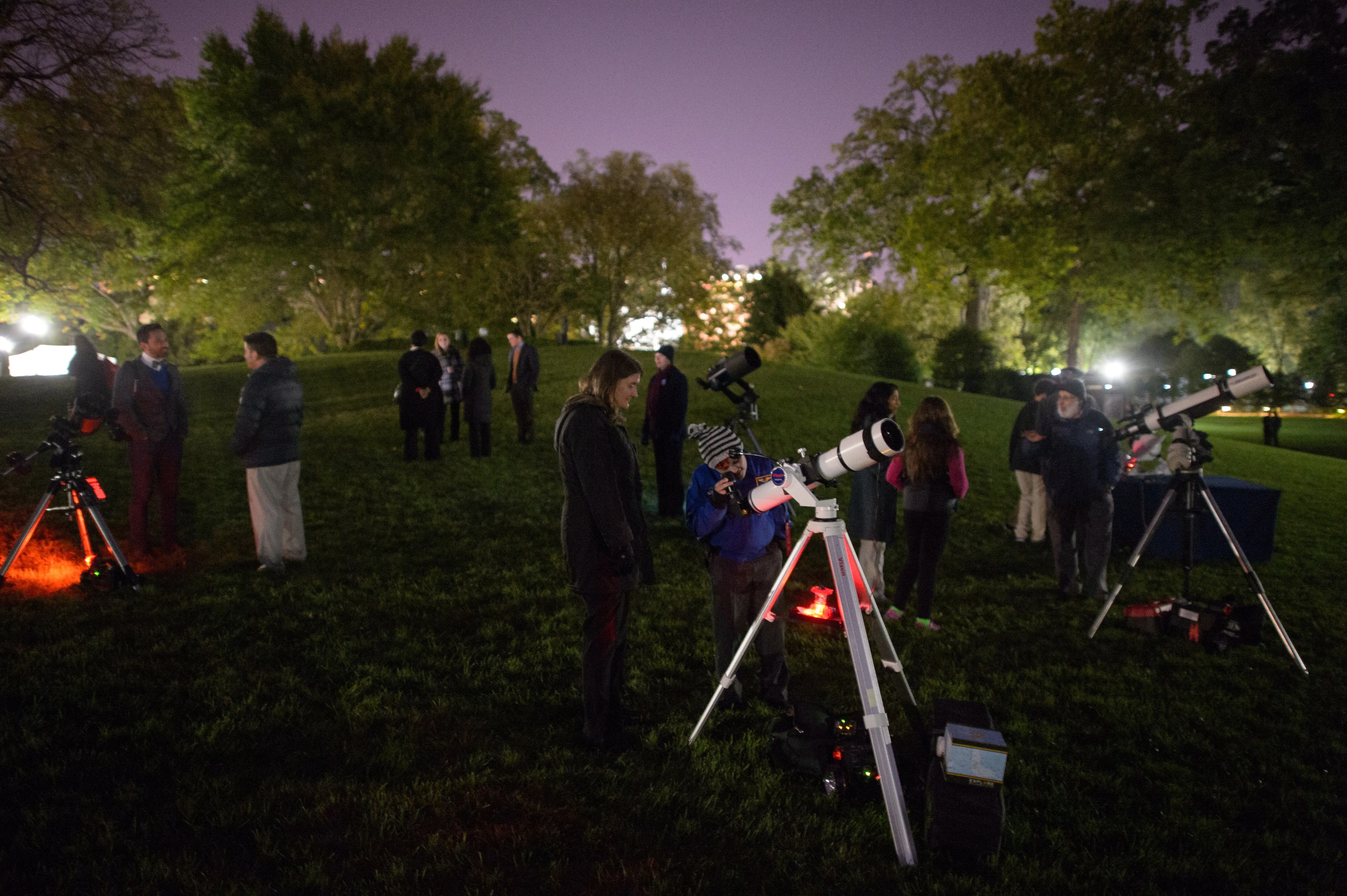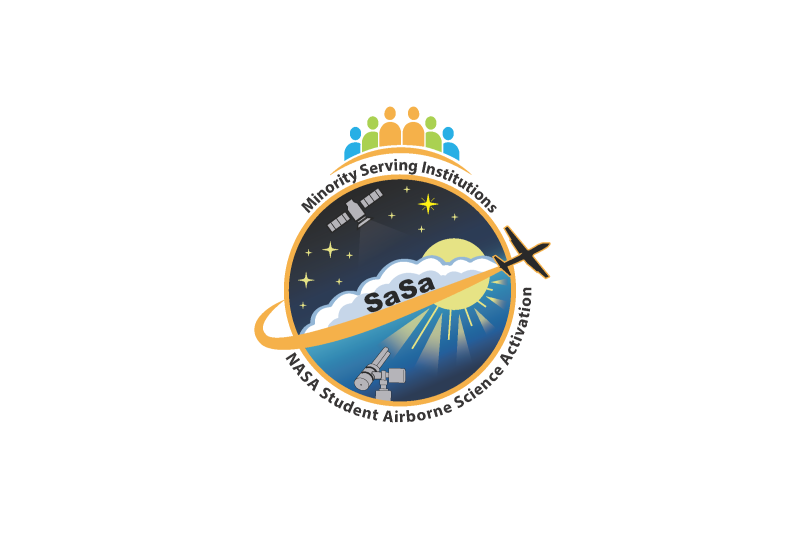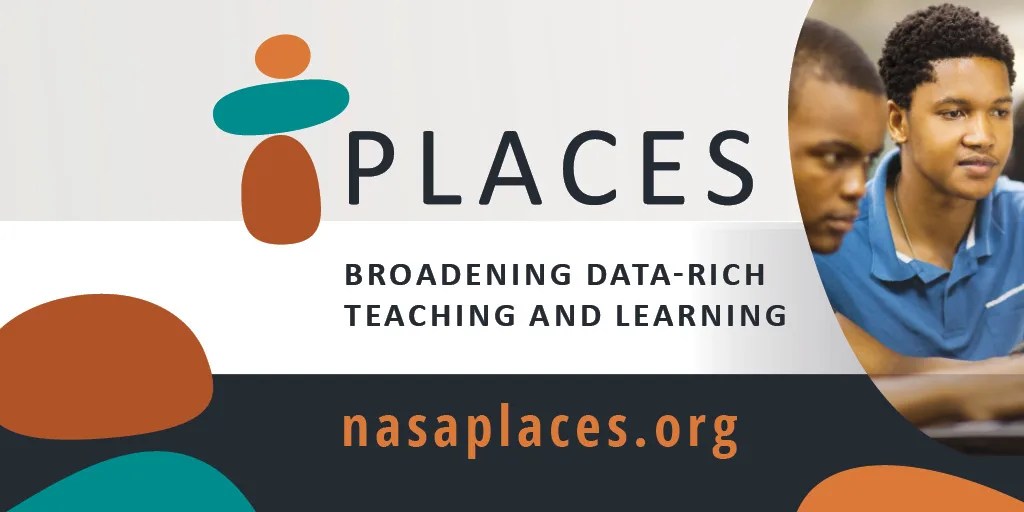PLANETS
Integrating NASA planetary science/engineering into out-of-school time learning.
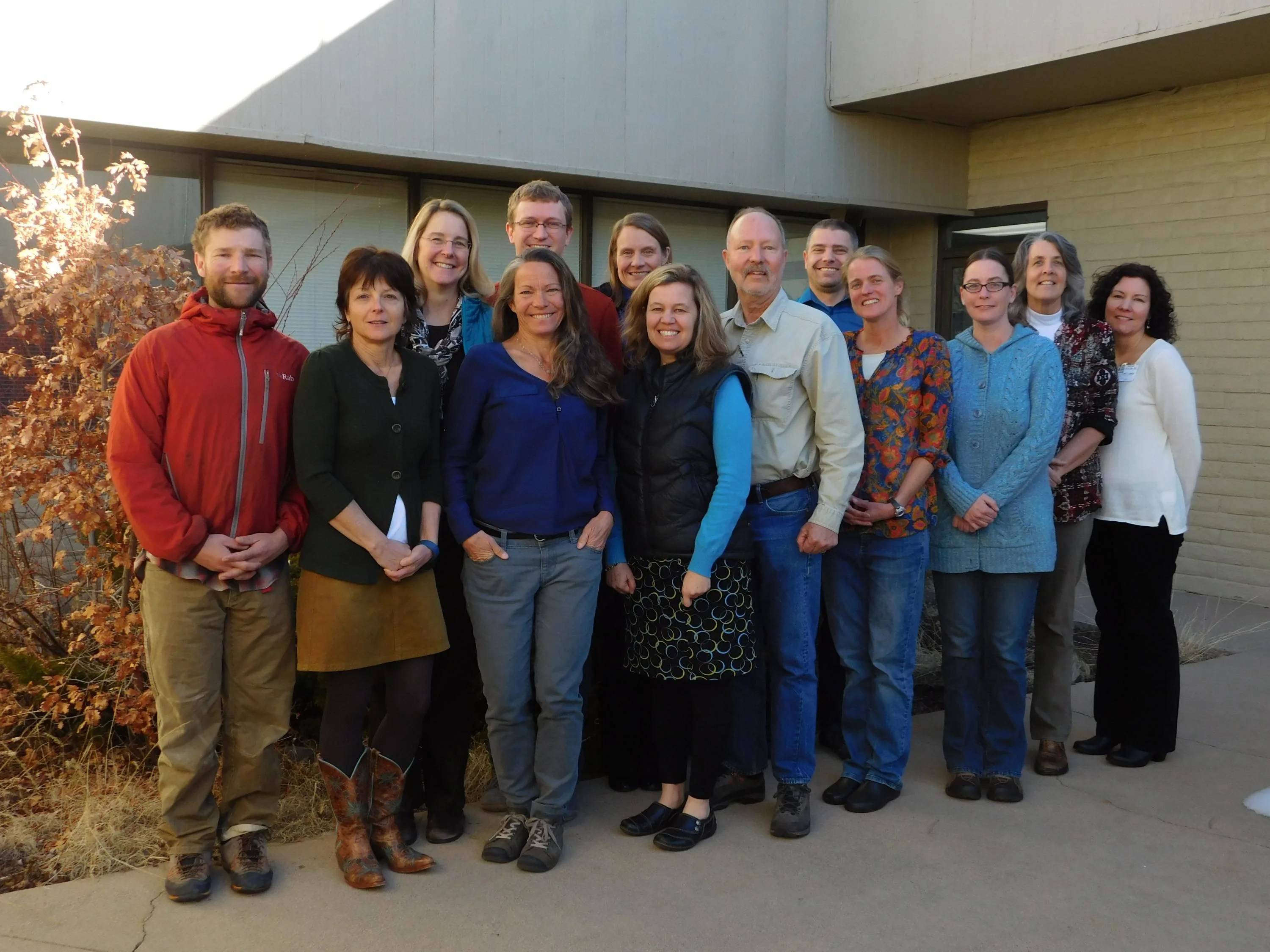
Team Mission
Planetary Learning that Advances the Nexus of Engineering, Technology, and Science (PLANETS) is an out-of-school time (OST) program for youth in grades 3–8 that provides STEM learning with an emphasis on integrating NASA planetary science and engineering, particularly for underserved audiences. PLANETS development and dissemination is possible due to key partnerships between the Center for Science Teaching and Learning at Northern Arizona University, the U.S. Geological Survey Astrogeology Science Center, WestEd, and the Museum of Science Boston.
We have an extremely talented team who bring together diverse expertise – all focused on bringing STEM experiences to youth in out-of-school time programs. We love the collaborations with each other and with the rest of the NASA collaborators in the SMD education group.
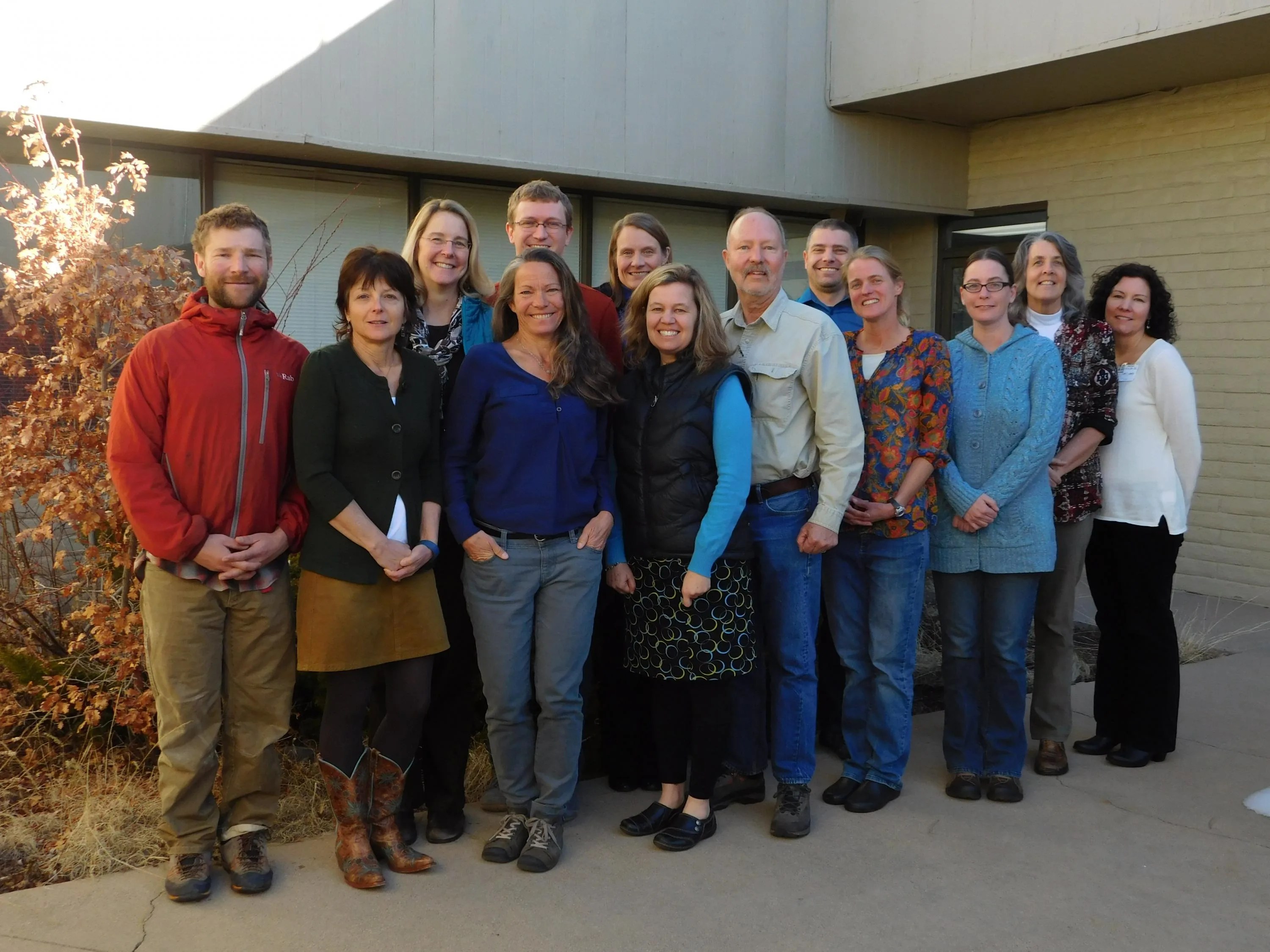
Joëlle LEMER
Principal Investigator
What does your team hope to achieve?
Our goal is to inspire all youth, particularly underserved youth, in STEM learning. PLANETS includes three OST STEM units, each consisting of an engineering guide, a science guide, and educator resources. We are convening a broad group of experts in diversity, equity, access and inclusion and NASA Subject Matter Experts to ensure PLANETS units meet the needs of all learners and to amplify connections to NASA content. Particular attention will be given to youth experiencing physical disabilities, youth who are Native American, and English language learners.
By providing culturally-relevant, engaging and inspiring activities for OST contexts and resources that enable educators to use the materials effectively with the youth in their programs, we aim to positively impact student attitudes towards science and engineering and inspire further interest in NASA and STEM.
We’re excited to be part of this project and to build on work we’ve already done with support from NASA to bring engaging aerospace and aeronautical engineering activities to afterschool programs.

Christine Cunningham
EiE director and Museum vice president, PLANETS Co-Investigator.
Middle Grades Out-of-School Time Units
Remote Sensing
- Worlds Apart: Engineering Remote Sensing Devices introduces youth to an Engineering Design Process in a planetary remote sensing challenge. The unit is set in a real-world context of scientists exploring a newly discovered moon. As part of the unit, the youth learn how mirrors are used to see around objects, how light is filtered to provide specific information about minerals, and how LiDAR is used to determine topography. Youth work with teammates to use these technologies to engineer a remote sensing device that is able to gather information about the surface of a model Mystery Moon.
- Remote Sensing of Mars - Planetary Science Series focuses on planetary questions of habitability of Mars. Youth explore NASA data collected with remote sensing technologies to collect evidence for best locations to explore habitability on Mars. Visual images of Mars from Viking, CTX and HiRISE help youth identify landforms that might indicate evidence of past water. Topographic (MOLA) data is explored to reveal the terrain and topography of Mars, and spectral graphs from CRISM are examined to determine the location of minerals that might indicate evidence of past water. Youth apply what they learned to recommend the safest, most scientifically interesting landing site to NASA.
Water in Extreme Environments
- Testing the Waters: Engineering a Water Reuse Process introduces youth to an engineering challenge for a water filtration process. The unit is set in a real-world context of scientists developing water filtration systems for extreme environments. As part of the unit, the youth explore water quality, different types of filter materials and how they can be combined to filter different types of contaminated water. Youth work with teammates to use these technologies to engineer a process for reusing water in a specific extreme environment such as the International Space Station.
- Water in the Solar System: Planetary Science Series. Youth explore how plentiful, how accessible, and how usable water is on Earth and elsewhere in our solar system using a deck of cards. They propose a planetary body to explore based on evidence of water.
Elementary Grades Out-of-School Time Unit
Space Hazards
- In Good Hands: Engineering Space Gloves is an elementary school engineering unit in which youth learn about materials engineering and work together to engineer a model space glove that protects against certain hazards of space. Youth learn about space hazards and work as materials engineers, considering the trade-offs of each material in their space gloves to help astronauts complete one of three missions to an asteroid, Earth’s moon, or Mars.
- Space Hazards - Planetary Science Series. In this unit, youth learn about hazards on Earth and in space and different strategies humans have developed to mitigate them through a collaborative card game.
We geologists and planetary scientists are excited to be on the PLANETS project because it enables us to share our love of science, engineering, and exploration of the Solar System through proven educational channels and with many more learners than we would be able to do on our own."

Moses Milazzo
USGS PLANETS Co-Investigator
Educator Support Materials
Each unit includes materials to support effective implementation, designed based on a national needs assessment and extensive field testing. Resources supporting immediate needs for unit implementation include materials preparation and learning progressions that provide an overview of the flow of the lessons along with the learning goals. STEM resources provide easy access to the content knowledge directly related to the concepts and science and engineering practices presented in the OST curriculum in short, accessible formats such as videos. Pedagogical resources include tips for incorporating effective STEM and social and emotional teaching strategies, including tips for building youth agency and identity in STEM. Finally, activity extensions provide ideas for making NASA content culturally relevant to young learners and their families and links to other NASA resources and ideas to introduce the diversity of STEM careers.
Publications
Bloom, N., et al., (2019) How Educators Implement Engineering Curricula in OST Settings. American Society for Engineering Education. Paper ID 26385. Presented and published for annual meeting June 16-19, 2019 Tampa, FL
San Antonio-Tunis, C., Clark, J., Cunningham, C., & Lachapelle, C. P. (2019) Engineering Interest and Attitude Development In Out-of-School Time. American Society for Engineering Education. Paper ID 25571. Presented and published for annual meeting June 16-19, 2019 Tampa, FL.

